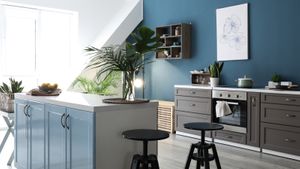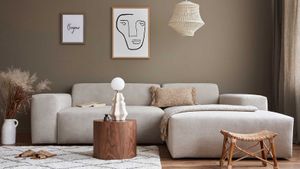Choosing the perfect colour palette for your home can be a daunting task. With so many options available, it's easy to get overwhelmed and uncertain about where to begin. However, a well-chosen colour scheme can make a difference in the overall look and feel of your home. From corner design colour, wall colour combinations, soothing light colours for home and curating a house colour choice in sync with your aesthetic, we are here to take you through this journey. Here's your guide to acing your home interior design with a plethora of house colour choices
1. Consider the mood you want to create
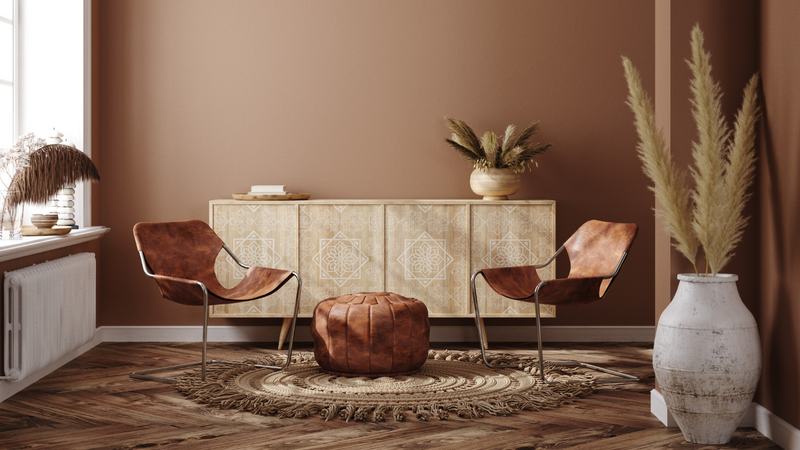
The first step in selecting a colour palette is to think about the mood you want to create in your home. Do you want a calming, relaxing space? Or a vibrant, energising one? Once you've identified the mood you want to create, you can start selecting colours that will help you achieve that atmosphere.
For a calming and relaxing space, consider light colours and cool colours like blues, greens, and greys. These colours can create a serene environment. Warm colours like reds, oranges, and yellows can create a more vibrant and energising space. These colours can be in a home gym or playroom.
2. Select a dominant colour
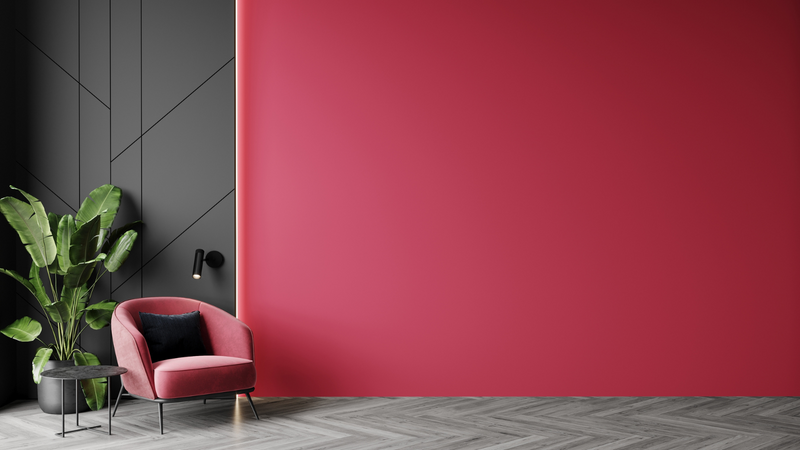
Once you've identified the mood you want to create, the next step is to select a dominant colour to be the primary colour and use it in the largest area of the room, like the walls. Some popular choices for dominant colours include shades of white, beige, grey, and blue. When selecting a dominant colour, consider the natural light in the room. A room with a lot of natural light can handle darker or bolder colours, while a room with less natural light may need a lighter or brighter shade to avoid feeling too dark.
3. Choose complementary colours
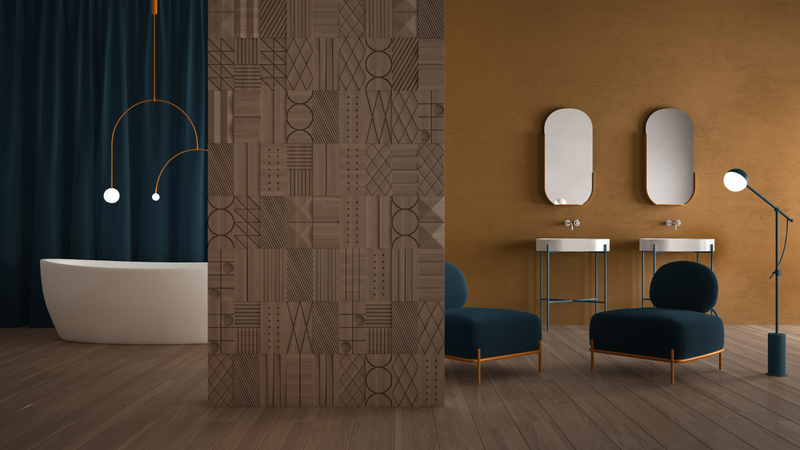
After you've selected your dominant colour, you can choose complementary colours for wall colour combinations. These will be used in smaller areas, like accents and decor pieces. Complementary colours should work well with your dominant shade, but also add visual interest and depth to the space.
One way to choose complementary colours is to look at the colour wheel. Hues that are directly opposite to each other on the wheel are complementary. For example, blue and orange or yellow and purple are complementary pairs.
Another approach is to use colours adjacent to the dominant one on the colour wheel. These colours are known as analogous and create a cohesive and harmonious colour palette. For example, if your dominant colour is green, you could choose shades of blue-green and yellow-green as complementary tones for your home colour paint design.
4. Don't forget about neutrals
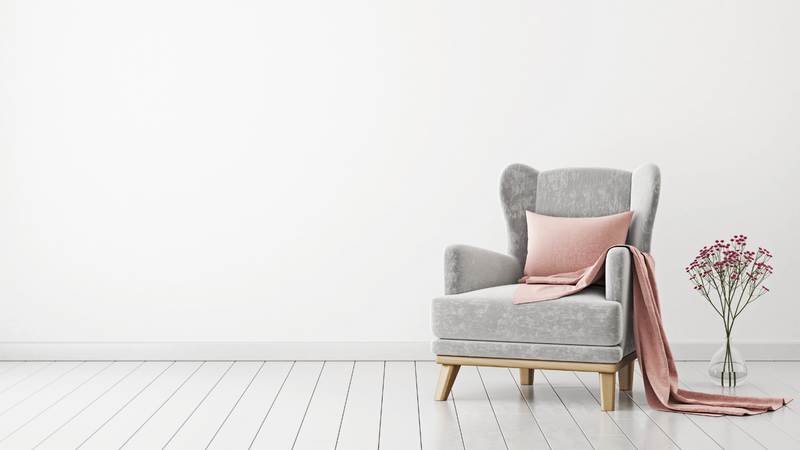
Neutral colours like white, beige, and grey can be a great foundation for your colour palette. These colours can create a clean, modern look and can serve as a backdrop for bolder accent colours. If you're hesitant to commit to a bold colour scheme, starting with neutrals can be a great way to ease into it. You can always add bolder colours later with accent pieces like throw pillows or artwork.
5. Test your colours
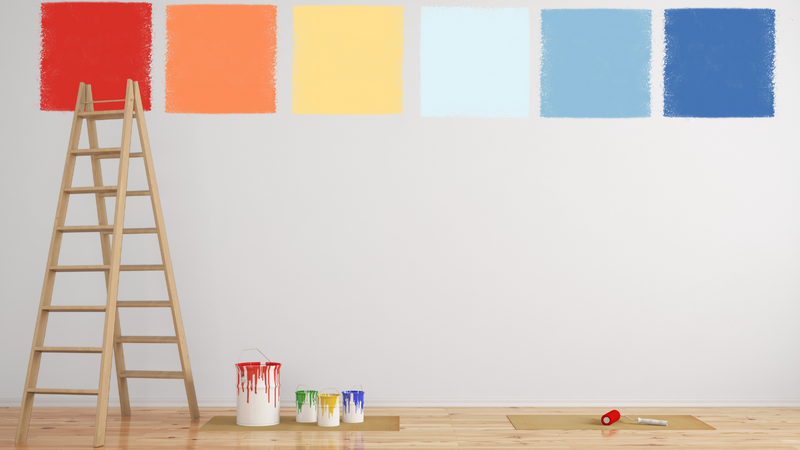
Before committing to a colour scheme, it's important to test your colours in the space. Paint swatches can look very different in natural light than they do in the store, so it's a good idea to bring home a few samples and test them in different parts of the room. Consider the way the colours look in different lighting conditions, including daylight, artificial light, and at night. It's also a good idea to test the colours next to any existing furniture or decor to ensure they work well together.
6. Incorporate textures and patterns
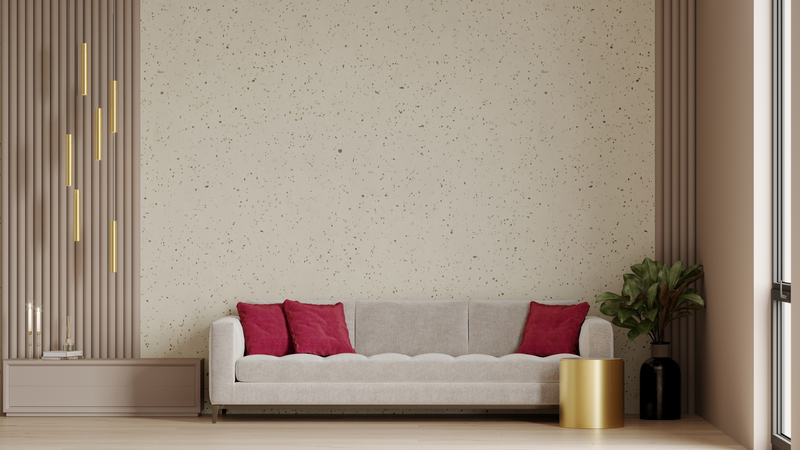
Finally, don't forget about textures and patterns when selecting your colour palette. Adding different textures like wool, linen, or velvet can add depth and interest to a space, even if the colours are neutral.
Patterns like stripes, polka dots, or florals can also add visual interest to a room. When incorporating patterns, it's important to consider the scale and how the pattern will work with the other colours in the room. One can also play with corner design colours by adding a pop of texture in a visible corner of your home.
Selecting the perfect colour palette for your house's interior colour design is often overwhelming. By considering the mood you want to create, selecting a dominant colour, choosing complementary colours, and testing your colours in the space, you can create a beautiful and cohesive colour scheme that will make your home feel like a true reflection of your style. Don't be afraid to experiment with different colours, textures, and patterns until you find the perfect combination for your house's interior.
Do you also seek inspiration from Bollywood celebrities' houses? Check out the work by Celebrity interior designer Rupin Suchak.


_1679988988842_thumb_1200.png?w=3840&q=75)
